The world of the
REMONDIS Lippe Plant
Plastic is a truly versatile product. On the one hand. On the other, huge volumes of crude oil – a natural resource – are needed to produce it. Which is precisely why it is essential that used plastic is recovered and returned to production cycles. Just one of the many tasks carried out at REMONDIS’ Lippe Plant.
Material
Recycling process
How plastic is recycled at REMONDIS’ Lippe Plant.


The benefits

The future
Bespoke compounds
We produce high quality recycled raw materials to meet our customers’ exact requirements.
Plastic rules our everyday lives and can be found everywhere. Unfortunately also in places where it simply doesn’t belong. Plastic that is carelessly discarded rather than handed in for recycling causes irreparable damage to our natural environment. This is particularly obvious in our seas and oceans which have effectively become a massive bin for our plastic waste. Huge sections of our oceans are now covered in rubbish. Waste plastic has even found its way to the Arctic – where it was discovered for the first time in 2017. Perhaps what’s even worse is the impact plastic is having on our marine life. Being non-degradable, plastic disintegrates into tiny pieces which then find their way into the food chain via the fish and other animals living in the sea. Moreover, countless seabirds are dying because they eat pieces of plastic which accumulate in their stomachs until there is no more room for food. These animals slowly starve to death.

The Great Pacific Garbage Patch is the most famous – or infamous – example of marine pollution. It covers an area four times larger than Germany
According to an EU directive, EU citizens should only be using, on average, 40 plastic bags a year by 2026. This figure lay at 176 in 2016

The battle against plastic waste can only be won if it is fought simultaneously on two fronts. Firstly, consumers must make a conscious decision to produce less plastic waste – for example by choosing not to use plastic bags or to at least reuse them. Secondly, when a plastic product becomes waste, steps must be taken to ensure it is recycled so that it can be returned to production cycles. The Lippe Plant has been focusing on the latter for over 25 years now. With technologies it has been continuously developing and improving. For more and more products and for more and more types of plastic. And yet: it is still better to prevent plastic waste being produced in the first place rather than to recycle it. Why? No matter how efficiently the recycling process may be, it is always a case of downcycling i.e. each time it is recycled, it loses some of its quality. Unlike metal, plastic cannot be recycled endlessly. This is one of the reasons why – besides consumers and recyclers – the manufacturers of plastic products must also take their share of responsibility. For example, when it comes to developing, adhering to and implementing ecodesign guidelines.
Less plastic from the start – with sustainable ecodesigns
Of all the facilities at the Lippe Plant, you are most likely to come face to face with your own rubbish here. A good three quarters of all the materials treated at the plastics recycling plant were once an everyday object – for example, a shampoo bottle, fruit and vegetable packaging or a plant pot. All in all, we recycle 22,400 tonnes of old plastics every year, transforming them into high quality pellets that can then be used to make new products.
Plastics recycling input material at the Lippe Plant
Bottles
Lids
Jerrycans, drums, containers
Pots, trays
Injection-moulded products
Pails
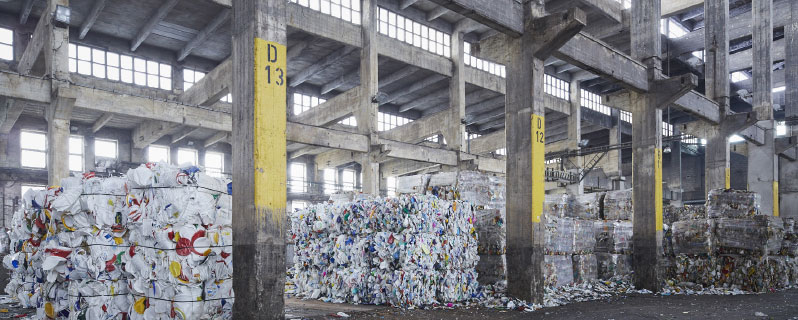
Contact details and information about the company responsible for plastics recycling can be found at replano.com
The shape and previous use of the incoming materials are of secondary importance. What is most important to us is what they are made of, i.e. exactly what type of plastic. At the Lippe Plant, we are able to recycle all conventional types of plastic and produce high quality compounds – mixtures of different materials. Less than ten percent of the input material is unable to be recycled at our facilities. These volumes are passed on to external companies or thermally treated at the Lippe Plant. Everything is put to good use – including this ten percent.

The plastics recycling facility at the Lippe Plant produces pellets made of polyethylene (PE), polypropylene (PP) and – a recent addition – polystyrene (PS)
As plastic is recycled in a fully enclosed facility at the Lippe Plant, it is not possible for visitors to observe the individual stages of the treatment process. All they can see are the pellets, i.e. the finished product. We would, however, like to give you the opportunity to take a look at how the production process works – in front of your screen and free of odour and noise pollution. An important step is still missing here, however, as it doesn’t take place in the facility: all incoming material is inspected as soon as it arrives at the Lippe Plant. The company responsible for doing this is Umwelt Control Labor which is also based at the site.

Recycled plastics from the Lippe Plant are great value for money
There are a whole range of reasons why industrial businesses choose to use our recycled plastics rather than virgin plastic. One of these is our compounding process which enables us to design products to meet our customers’ precise requirements. Thanks to our state-of-the-art facility and our know-how, we are able to produce all types of plastic compound so that they have the technical properties that our customers need for their production processes. The same is true for the colour of the pellets – our customers can be as imaginative as they want to be. What’s more, our recycled plastics cost far less than virgin plastic and yet are still of the same high quality.
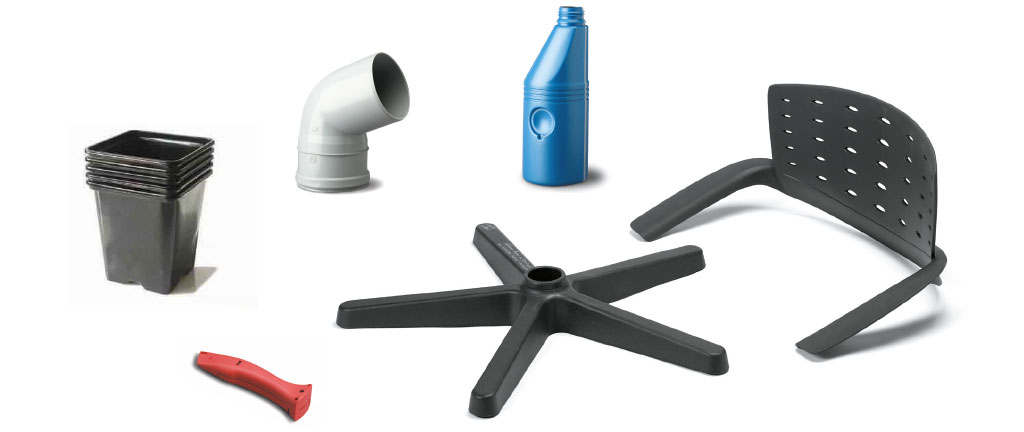
Our recycled plastics are used to make a whole range of different products – for example, for the construction, packaging and automobile industries. Garden furniture is also made from recycled plastic
There’s no doubt about it, plastics recycling scores points when it comes to protecting the environment – and not in one, two or three but in four different ways. The underlying reason for all these is the fact that it conserves large volumes of natural resources. In other words: crude oil.
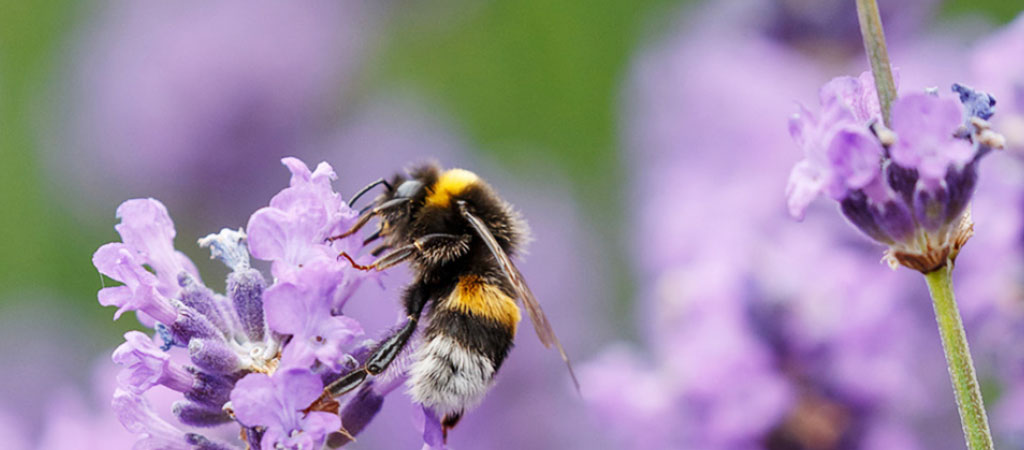
Good for nature. Less crude oil needs to be extracted from the ground when plastics are recycled. Which means less land is needed for transport routes
The ecological benefits of plastics recycling

Reducing consumption of natural resources
Every single gram of recycled plastic reduces the amount of virgin plastic that has to be produced from crude oil.

Reducing consumption of land
Reducing the consumption of crude oil also reduces human impact on the environment. The less oil that is extracted from the ground, the less land is needed to refine and transport it.

Reducing consumption of energy
Far less energy is needed to recycle plastics than is needed to produce plastic from virgin raw materials.

Reducing carbon emissions
If less energy is consumed, then CO2 emissions are cut as well. One tonne of recycled plastic produces one tonne less of CO2 compared to the production processes needed to make virgin plastic.
Politicians have also seen the impact plastic is having and are taking steps to set the course for the future. The German parliament, for example, passed a new packaging ordinance [VerpackV] which came into force in 2019. This is in response to the volumes of packaging being used in Germany which are rising at an alarming rate – in part due to the growing number of online orders and consequently the increased use of transport packaging. This new law places more responsibility on those placing plastic packaging onto the market as far as taking back and recycling old packaging is concerned. The intention here is clear: to ensure packaging material is collected and recycled separately from other types of waste – and so prevent it from being thrown away with general household rubbish and, in the worst case, no longer be sent for recycling. Ultimately, these stricter laws will certainly lead to manufacturers thinking more about the recycling of waste plastic and possibly also about the general use of recycled plastics. The plastics recycling facility at the Lippe Plant will, therefore, have more than enough work to do in the future.
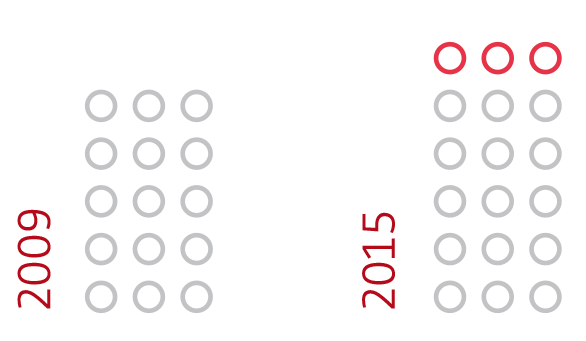
The volume of waste packaging in Germany increased from 15.1 million tonnes to 18.2 million tonnes between 2009 and 2015 – and continues to rise
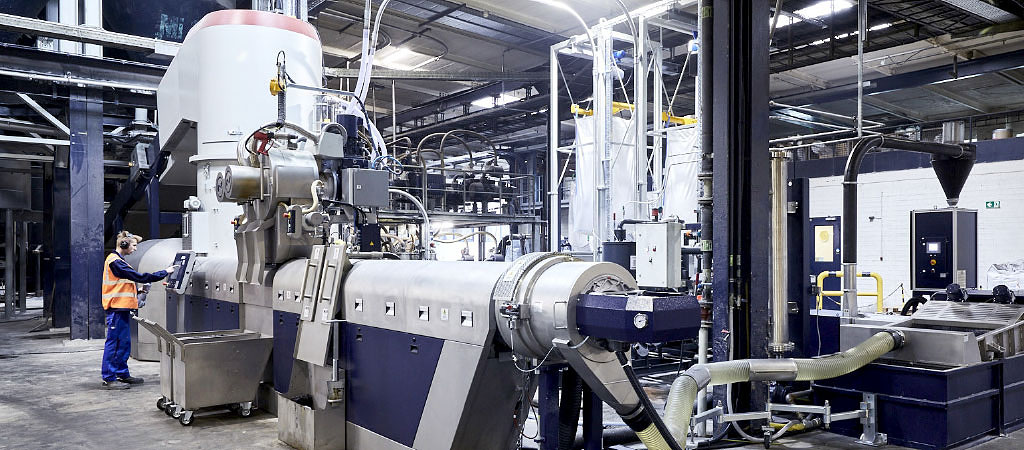
Find out all about WEEE recycling at the Lippe Plant
The plastics recycling operations at the Lippe Plant are continuously being further developed to ensure they are well prepared for the future. One of its latest projects has been to build a plant dedicated to sorting plastics. This enables the material arriving at the site to be recycled better. At the same time, the new plant is helping to further extend and strengthen synergies at the Lippe Plant. Thanks to the new sorting technology, we are able to dovetail the WEEE recycling and plastics recycling operations. Plastic residue from the former can be passed on to the latter – providing the supply chain at the Lippe Plant with a further important link. Yet another milestone, therefore, on our path to becoming a flagship site for sustainability.

Diese Seite verwendet aktuelle Techniken, die in dem von Ihnen verwendeten Browser unter Umständen nicht korrekt
angezeigt werden können.
Bitte aktualisieren Sie Ihren Internet-Explorer oder weichen auf einen anderen Browser wie Chrome oder
Firefox aus.
Schließen